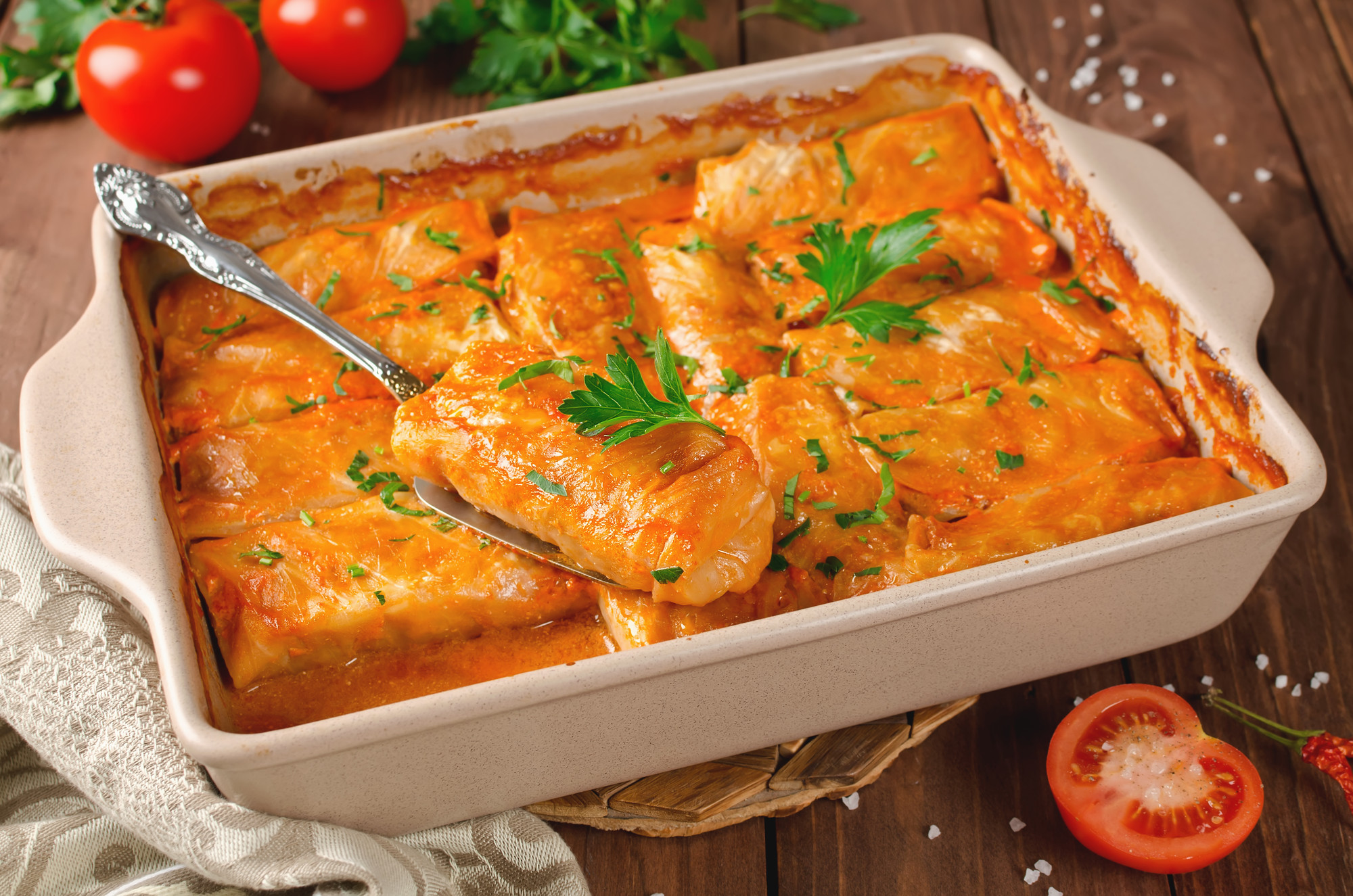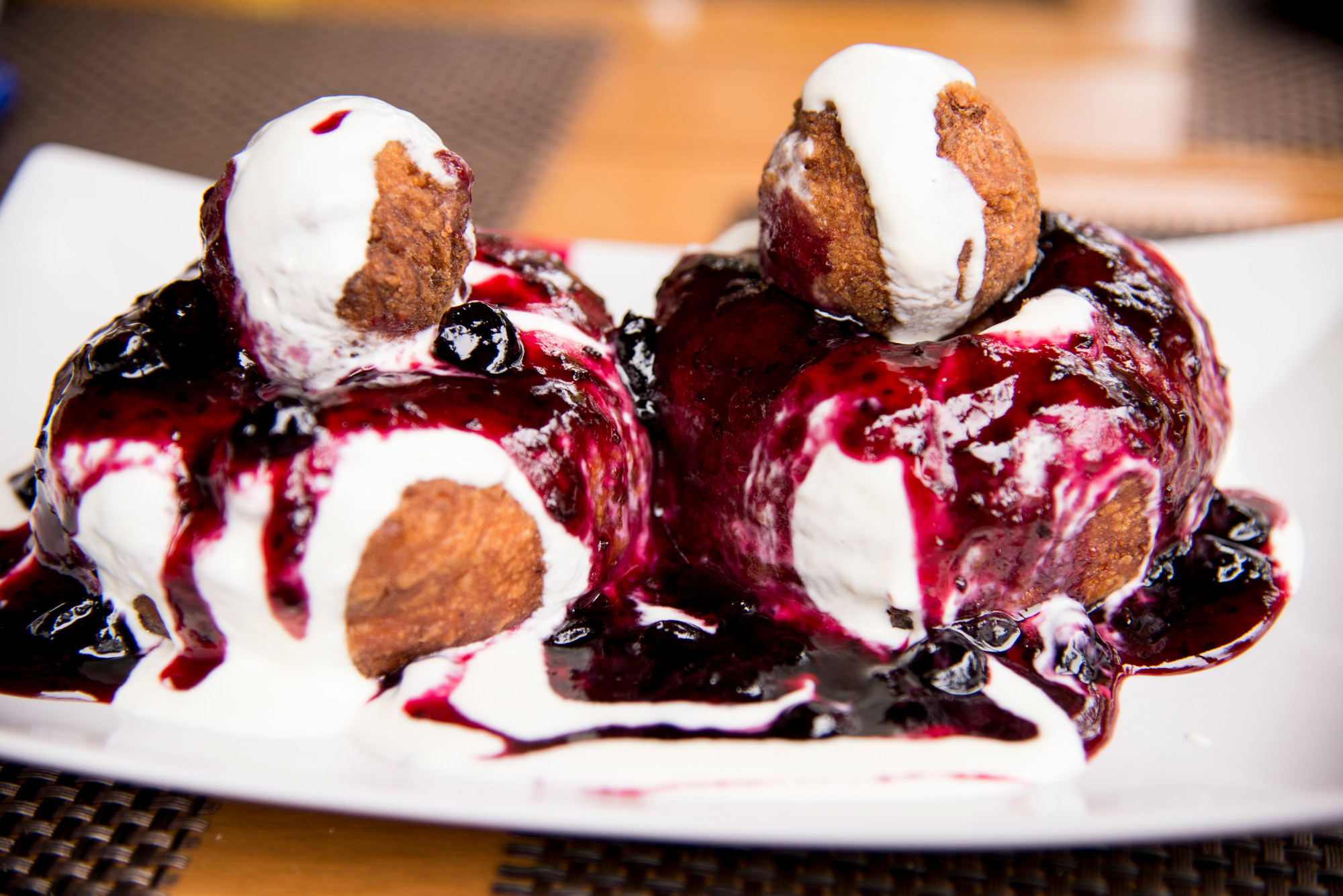Embark on a culinary journey as we delve into the delectable global of conventional Romanian meals, a testomony to Romania’s wealthy historical past and cultural heritage. From hearty stews to mouthwatering grilled meats, Romanian delicacies tantalizes style buds and nourishes the soul.
Romanian delicacies has been formed by way of centuries of custom, mixing influences from neighboring nations and the rustic’s numerous areas. Sign up for us as we discover the flavors, components, and cooking strategies that outline this culinary gem.
Advent
Conventional Romanian meals holds an important position in Romanian tradition, reflecting the rustic’s wealthy historical past, numerous landscapes, and cultural influences. The culinary traditions of Romania have advanced over centuries, formed by way of the rustic’s geographical location on the crossroads of Central and Japanese Europe, in addition to its interactions with neighboring cultures.
The culinary historical past of Romania is marked by way of more than a few influences, together with Roman, Byzantine, Ottoman, and Austro-Hungarian. Each and every of those influences has left its mark on Romanian delicacies, leading to a singular mix of flavors and components. Conventional Romanian dishes frequently characteristic recent, seasonal produce, in the neighborhood raised meats, and a number of spices and herbs.
Substances
Romanian delicacies is characterised by way of its use of clean, in the neighborhood sourced components. Greens corresponding to tomatoes, peppers, onions, and garlic are frequently utilized in many dishes. Culmination like apples, pears, and plums also are standard and frequently characteristic in truffles and preserves.
Meat performs an important function in Romanian delicacies, with beef, red meat, and lamb being the most typical varieties. Conventional dishes frequently incorporate offal, corresponding to liver and tripe, in addition to smoked meats like bacon and sausage.
Widespread Dishes: Conventional Romanian Meals

Romanian delicacies is a various and flavorful mix of flavors, influenced by way of its wealthy historical past and geographical location. Amongst the preferred conventional Romanian dishes are sarmale, ciorba, and mici, every providing a singular style of the rustic’s culinary heritage.
Sarmale
Sarmale are crammed cabbage rolls, a loved dish in Romania. They’re normally made with flooring beef, red meat, or a mix of each, blended with rice, onions, and spices. The filling is then wrapped in cabbage leaves and simmered in a flavorful tomato sauce till delicate.
Sarmale are frequently served with polenta or mashed potatoes.
Ciorba
Ciorba is a hearty and flavorful soup, a staple of Romanian delicacies. It is available in more than a few regional permutations, every with its distinctive components and flavors. A commonplace form of ciorba is “ciorba de perisoare,” which options meatballs constituted of flooring beef or red meat blended with rice and spices.
The meatballs are simmered in a bitter broth constituted of fermented wheat bran or sauerkraut juice, together with greens corresponding to carrots, celery, and onions.
Mici
Mici are grilled sausages, a well-liked boulevard meals in Romania. They’re constituted of a mix of flooring beef and red meat, seasoned with garlic, black pepper, and different spices. Mici are normally grilled over charcoal or wooden hearth and served with mustard and bread.
Regional Cuisines
Romania boasts a various culinary panorama, influenced by way of its wealthy historical past and geographical place. Regional cuisines range considerably, reflecting the original traditions and cultural exchanges with neighboring nations.
Moldavian Delicacies
- Identified for its hearty dishes, corresponding to placinte(crammed pastries) and mamaliga(cornmeal porridge).
- Influenced by way of Bessarabian and Ukrainian cuisines, that includes dishes like borscht(beetroot soup) and varenyky(dumplings).
Transylvanian Delicacies, Conventional romanian meals
- Blends Hungarian, German, and Romanian influences.
- Well-known for its wealthy stews, corresponding to gulyás(goulash) and paprikás(paprika-based stew).
Muntenian Delicacies
- Represents the standard Romanian delicacies of the Wallachia area.
- Options dishes like sarmale(crammed cabbage rolls) and tochitură(stew with more than a few meats).
Banat Delicacies
- Influenced by way of Serbian and Hungarian cuisines.
- Identified for its grilled meats, corresponding to mici(small sausages) and pljeskavica(Serbian-style burgers).
Dobrogean Delicacies
- Situated close to the Black Sea, it options seafood dishes like storceag(fish soup) and hamsii prăjite(fried anchovies).
- Influenced by way of Turkish and Greek cuisines.
Substances and Flavors

Conventional Romanian delicacies is a various and flavorful culinary custom that has been influenced by way of more than a few cultures over the centuries. Key components in Romanian cooking come with cabbage, beef, and dairy merchandise, every contributing distinctive traits to the dishes.
Function Flavors and Aromas
Romanian delicacies is understood for its daring and hearty flavors, frequently that includes a mix of candy, bitter, and savory notes. Dishes are frequently seasoned with garlic, onions, paprika, and different fragrant spices, making a wealthy and flavorful revel in.
Spices and Herbs
Romanian cooking makes intensive use of spices and herbs to fortify the flavors of its dishes. Commonplace spices come with paprika, cumin, coriander, and black pepper, whilst standard herbs come with parsley, dill, thyme, and rosemary. Those components upload intensity and complexity to the delicacies, making a harmonious steadiness of flavors.
Conventional Cooking Strategies

Romanian delicacies employs a various array of conventional cooking strategies which were handed down via generations. Those tactics show off the original flavors and textures of Romanian dishes.
Stewing
Stewing is a elementary cooking manner in Romania, specifically for hearty dishes like stews, soups, and casseroles. This method comes to simmering meat, greens, and spices in a liquid over low warmth for a longer duration, permitting the flavors to meld and the components to transform delicate.
Widespread stews come with Ciorbă de perişoare(meatball soup), Tochitură(meat and vegetable stew), and Papanaşi(cheese-filled doughnuts).
Grilling
Grilling is some other standard cooking manner in Romania, particularly for meats, greens, and fish. Conventional Romanian grills, referred to as grătare, are normally manufactured from wooden or steel and are used to cook dinner meals over sizzling coals or embers.
Grilled dishes come with Mici(grilled sausages), Frigarui(grilled skewers), and Păstrăv l. a. grătar(grilled trout).
Baking
Baking is an very important methodology in Romanian delicacies, specifically for pastries, breads, and truffles. Romanian bakers use a number of conventional ovens, together with wood-fired ovens, to create a spread of baked items.
Widespread baked items come with Cozonac(candy bread), Papanasi(cheese-filled doughnuts), and Plăcintă cu mere(apple pie).
Use of Picket-Fired Ovens
Picket-fired ovens are an integral a part of Romanian cooking custom. Those ovens supply a singular smoky taste to baked items and different dishes.
Picket-fired ovens are frequently used for baking bread, pizzas, and conventional Romanian pastries. The warmth and smoke from the wooden create a definite crust and fortify the flavors of the components.
Social and Cultural Facets
Conventional Romanian meals is deeply embedded within the nation’s social and cultural material, serving as a testomony to its wealthy heritage and shared studies.
Meals performs a central function in Romanian gala’s and vacations. Right through Christmas, households accumulate to arrange conventional dishes like sarmale(cabbage rolls) and cozonac(candy bread). Easter is widely known with pasca(candy cheese bread) and oua rosii(dyed crimson eggs), symbolizing rebirth and new existence.
Retaining Cultural Heritage
Conventional Romanian recipes are regarded as an important a part of the rustic’s cultural heritage. They have got been handed down via generations, embodying the collective knowledge and culinary traditions of the Romanian other folks.
Organizations and people are devoted to maintaining and selling those culinary traditions. Cooking categories, workshops, and gala’s goal to be sure that long term generations can proceed to revel in and admire the original flavors and cultural importance of Romanian meals.
Trendy Interpretations
Within the realm of culinary artistry, custom and innovation frequently intertwine, giving upward push to fashionable interpretations that honor the previous whilst embracing the prevailing. Romanian delicacies isn’t any exception to this culinary evolution, as recent cooks reinterpret conventional dishes with a recent and leading edge way.
Some of the key demanding situations in modernizing Romanian delicacies lies in maintaining its unique flavors and components whilst adapting them to recent tastes. This calls for a mild steadiness between respecting the culinary heritage and introducing new components that fortify the full revel in.
Leading edge Dishes
- Molecular Sarmale:A playful take at the vintage cabbage rolls, the place the filling is remodeled into a mild foam, wrapped in a skinny layer of cabbage, and served with a modernistic sauce.
- Deconstructed Papanași:A reimagined model of the standard Romanian doughnut, the place the dough is formed into chic spheres, full of a candy cream, and accompanied by way of a colourful fruit compote.
- Sous Vide Tocană:A standard Romanian stew reimagined the usage of the sous vide methodology, leading to delicate meat and greens that retain their herbal flavors.
Those leading edge dishes exemplify the fashionable interpretations of Romanian delicacies, the place conventional flavors and components are increased via recent tactics and shows.
Dietary Price
Conventional Romanian meals is normally regarded as to be nutritionally wealthy, that includes a various vary of nutrient-dense components.
Many conventional dishes incorporate complete grains, corresponding to cornmeal, wheat, and barley, offering a excellent supply of fiber and complicated carbohydrates. Legumes, like beans and lentils, also are frequently used, providing plant-based protein and fiber.
Well being Advantages
- Cardiovascular well being:Conventional Romanian dishes frequently characteristic lean protein resources, corresponding to fish, hen, and beans, which will give a contribution to a decrease possibility of middle illness.
- Digestive well being:The high-fiber content material in complete grains and legumes promotes digestive regularity and helps a wholesome intestine microbiome.
- Blood sugar regulate:The slow-digesting carbohydrates in conventional Romanian meals assist control blood sugar ranges, lowering the chance of kind 2 diabetes.
- Immune serve as:Conventional Romanian dishes frequently come with fermented meals, corresponding to sauerkraut and yogurt, which include probiotics that strengthen a wholesome immune gadget.
Suggestions
To include conventional Romanian meals right into a nutritious diet, believe the next suggestions:
- Make a choice dishes that characteristic complete grains, legumes, and lean protein.
- Restrict the intake of dishes top in saturated fats, corresponding to beef stomach or fried meals.
- Pair conventional Romanian dishes with a number of recent greens and end result.
- Imagine serving conventional Romanian dishes in smaller parts to regulate calorie consumption.
Useful Solutions
What are some standard conventional Romanian dishes?
Romanian delicacies boasts a various vary of dishes, together with sarmale (cabbage rolls), ciorba (bitter soups), mici (grilled minced meat rolls), and papanasi (candy cheese doughnuts).
What are the important thing components utilized in Romanian cooking?
Romanian delicacies closely is determined by recent greens, particularly cabbage, tomatoes, and onions. Meat, specifically beef and hen, could also be extensively used. Dairy merchandise, corresponding to bitter cream and cheese, upload richness and taste to many dishes.
How has Romanian delicacies been influenced by way of neighboring nations?
Romanian delicacies has been influenced by way of neighboring nations corresponding to Hungary, Turkey, and Bulgaria. Those influences will also be observed in dishes like gulas (a red meat stew), sarmale (cabbage rolls), and baclava (a candy pastry).
